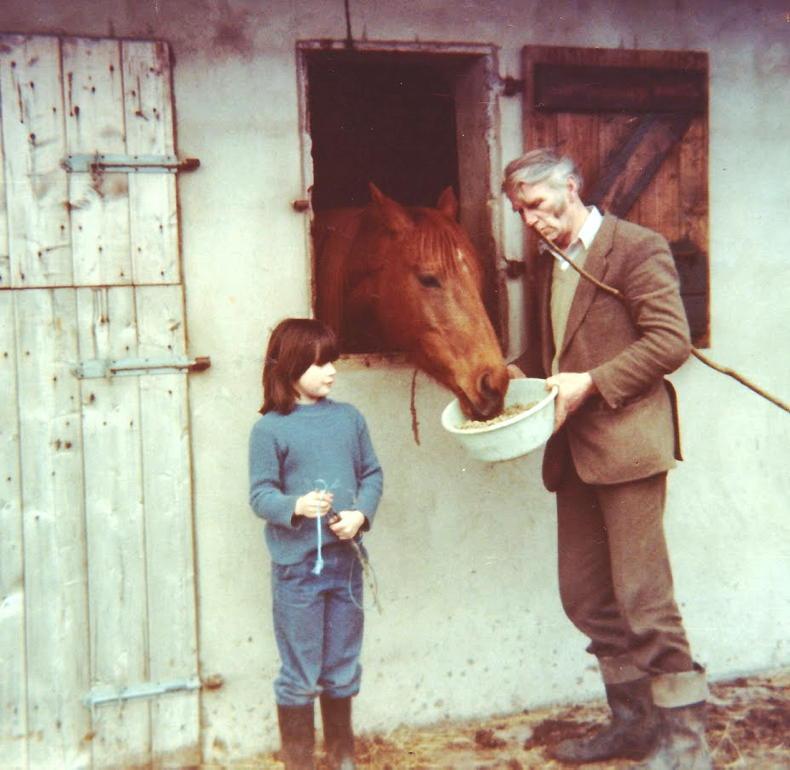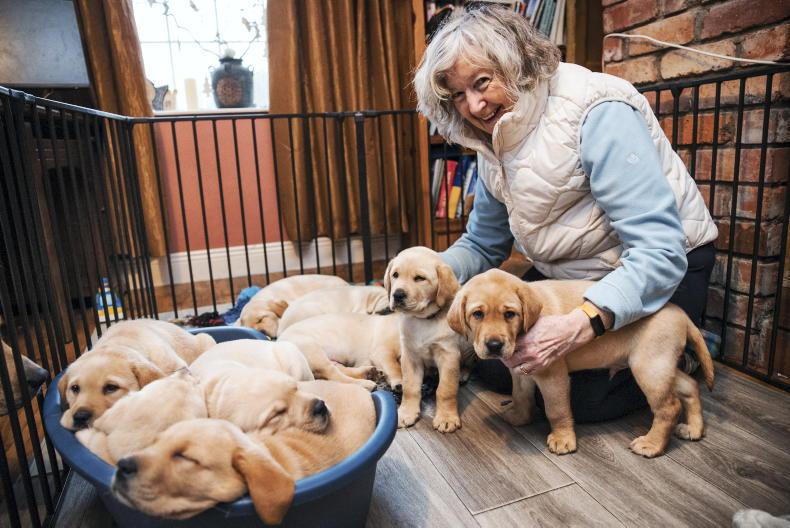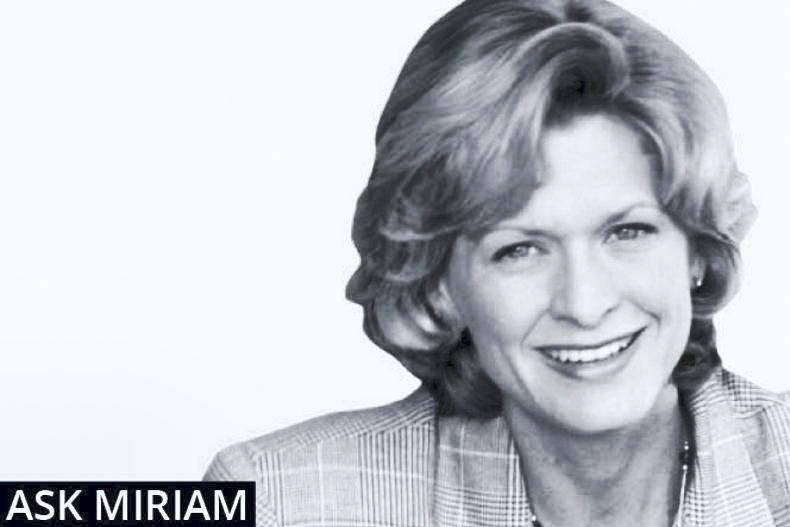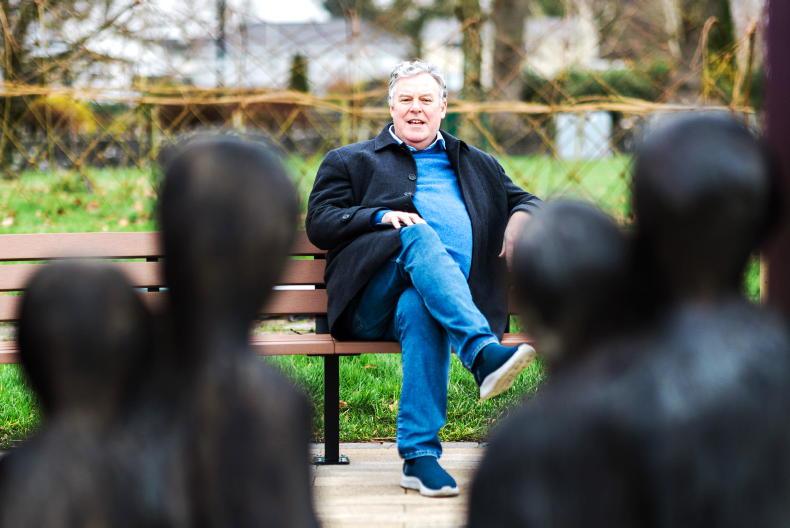My father was born in 1926 and died in 2010. In those 84 years of life in a small village, he witnessed many life-changing developments – a world war, two currency changes, rural electrification, the arrival of television and the advent of the internet, to name just a few – but in all that time, he never owned nor wore a pair of jeans, a T-shirt or, heaven forbid, runners.
I’m sure he was a child once, though I can’t imagine it – he married late and so we only witnessed him living the second half of his life – and I can’t be certain what he wore then, but his adult wardrobe consisted of the sum total of three suits. Not the same three always, I hasten to add, but only ever three.
These were his farming suit, his everyday suit and his good suit. (The latter was ‘good’ in that particular Irish sense of something reserved for special occasions – a certain generation of us will be familiar with the good sitting room, the good china, someone’s good dress or coat). He farmed in trousers, a shirt, a pullover (his word, often replaced by ‘geansaí’), a suit jacket, flat cap and wellies, throwing off the jacket and occasionally the pullover for maybe a week in July or during the haymaking if it was a particularly warm year. He topped it all with an old overcoat in winter.
Working in the family pub, he wore his everyday suit. This also consisted of a trousers, shirt, pullover, jacket and flat cap, maybe in a slightly different shade of grey/blue/green from the farming suit, with the occasional addition of a tie. And of course, sensible, comfortable leather shoes rather than the wellies.
His good suit was reserved for funerals, the very rare wedding or dinner dance he attended, and sometimes, mass or the races – the everyday suit would often suffice for these occasions, worn with his good coat.
This suit, too (surprise, surprise), consisted of a trousers, shirt, pullover, jacket and flat cap, again in a slight variation of the colour of the other two, along with a tie, good shoes and his good coat as required. Occasionally, if he was feeling adventurous, the suit jacket was replaced with a ‘sports coat’ (I found it very hard to tell the difference, if I’m honest), and all, bar some exceptions, were purchased at Mannix’s in Cork. The only other additions were socks, underpants and vests, the latter always described by him as singlets.
When he left us, he was, of course, laid out in his coffin wearing his good suit.
He never broke this pattern during my lifetime. He never went abroad (apart from one trip to Cheltenham races long before his marriage), and when we went to some windswept Irish beach in summer, his only concession to the season was to – sometimes, under extreme duress – take off his shoes and socks and roll up the hems of his everyday trouser legs to paddle. When he left us, he was, of course, laid out in his coffin wearing his good suit.
He managed his wardrobe in a fashion that we would now recognise as the ultimate in sustainability. After a reasonable period of time, usually either at the insistence of my mother (“that suit goes or I go”) or due to a major occurrence such as a family wedding, the farming suit du jour would be replaced by the current everyday suit, and the good suit would be relegated to everyday usage, thereby creating a vacancy and the opportunity for a new purchase, starting the cycle all over again.
I’m sure it was forever a source of regret to him that, thanks to his departure from the bachelor lifestyle, and my mother’s regular feeding, his very snazzy wedding suit (shiny, charcoal grey) didn’t fit him long enough to ever get much usage.
Mannix’s would never have got rich out of him, but for a man who certainly had no concept of sustainable fashion, he was one of its earliest proponents.









SHARING OPTIONS